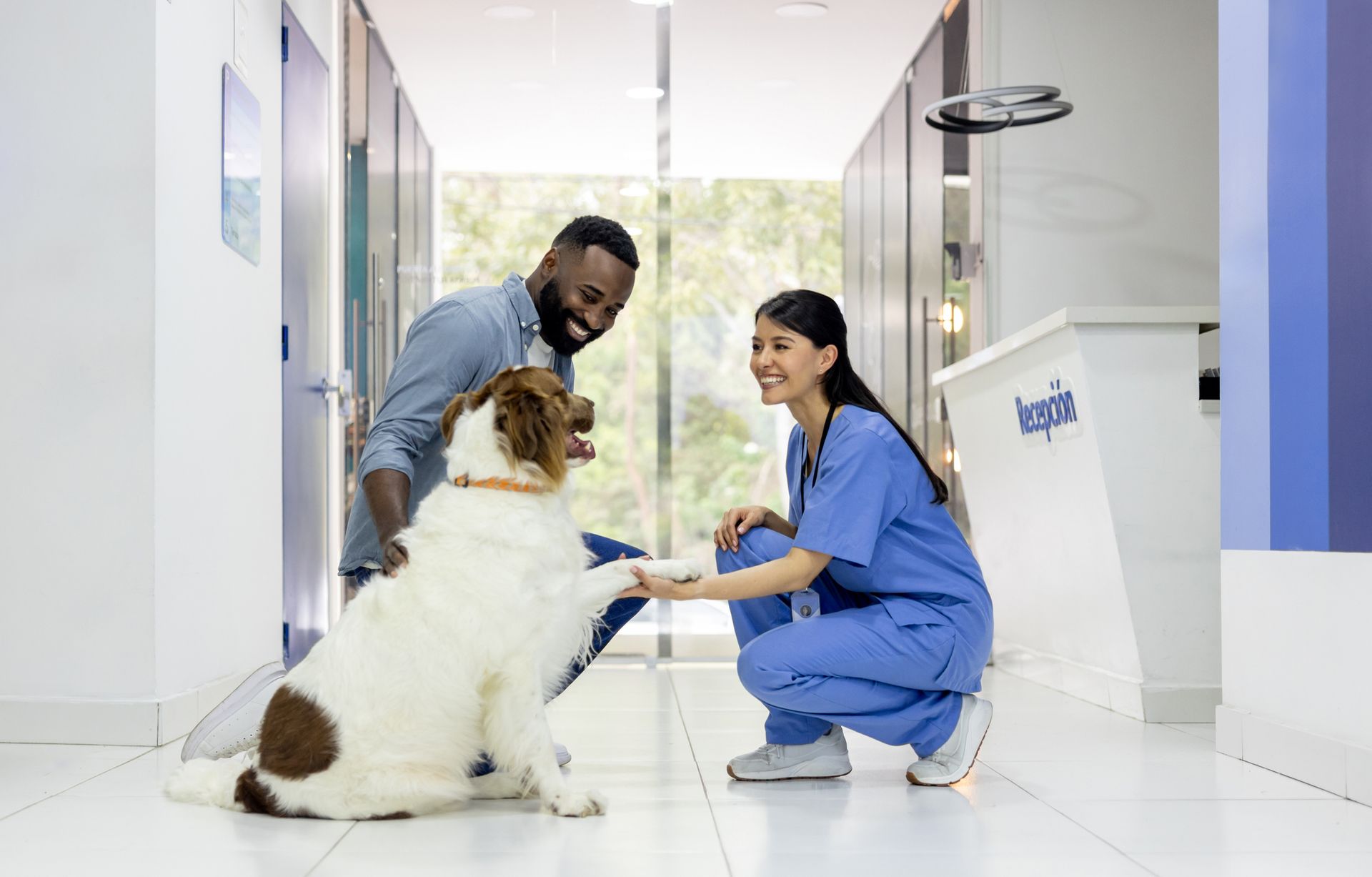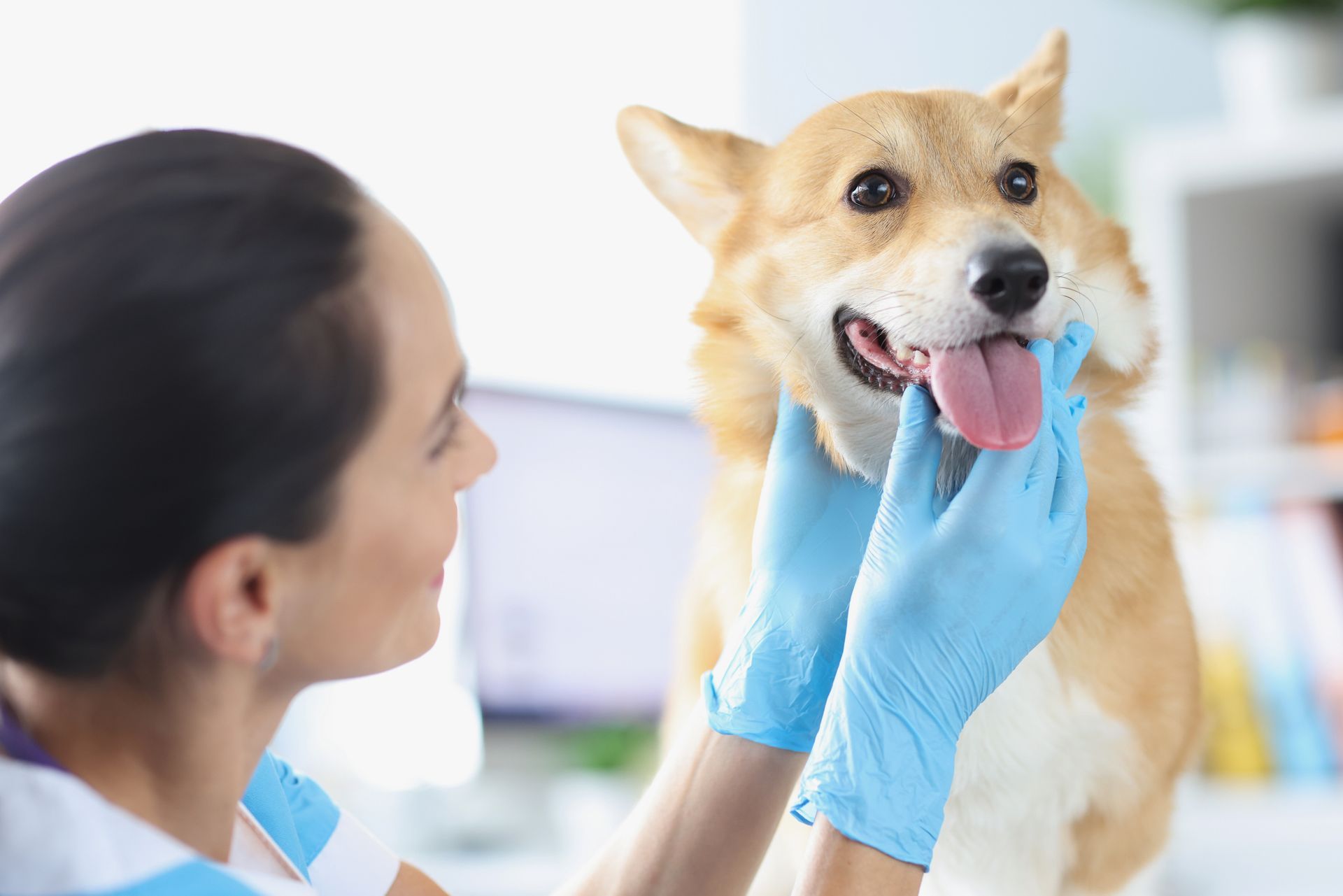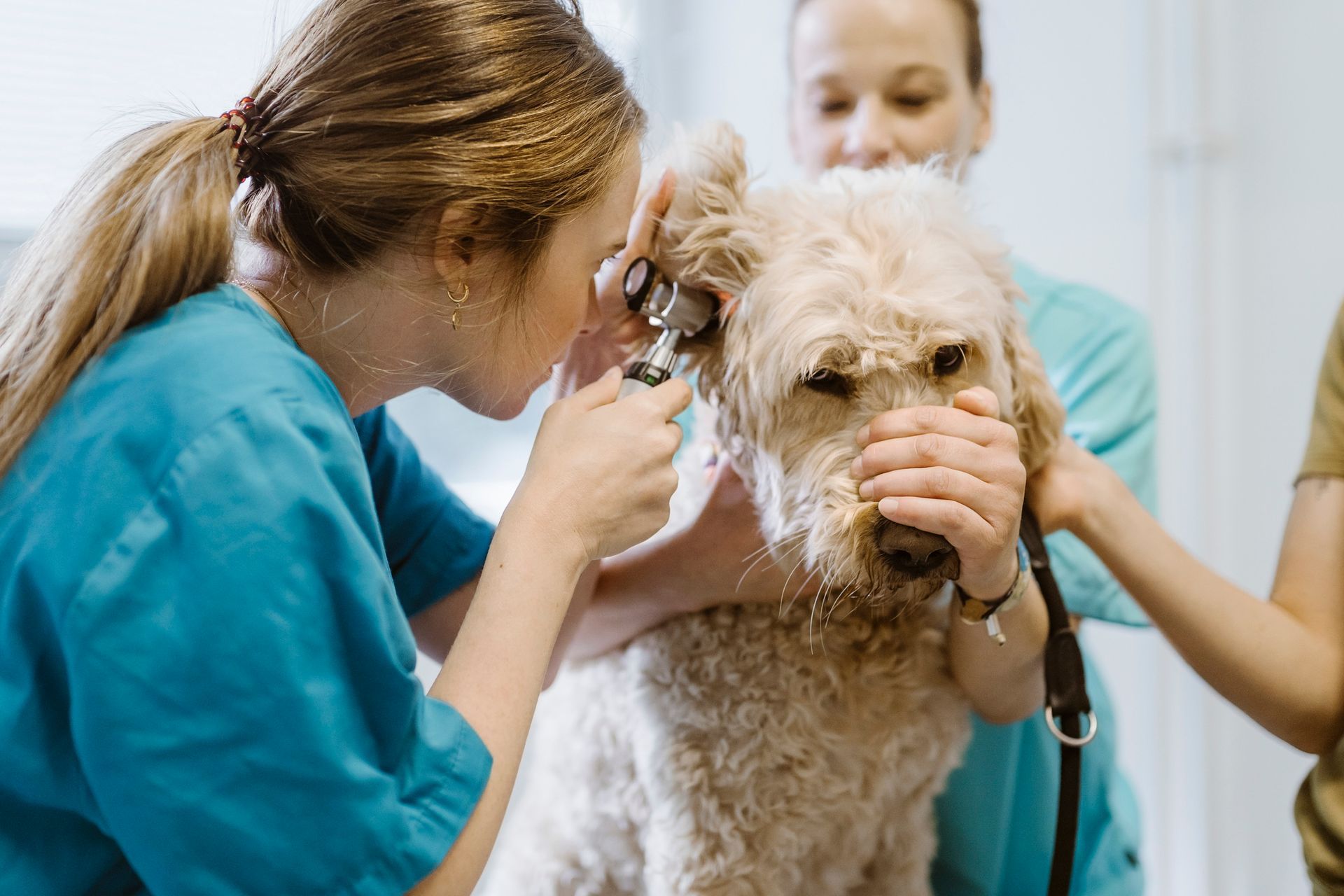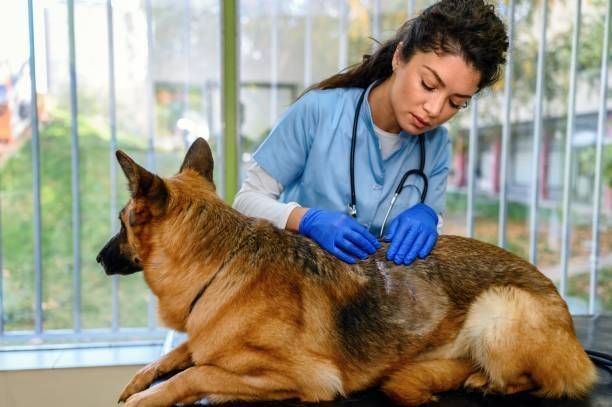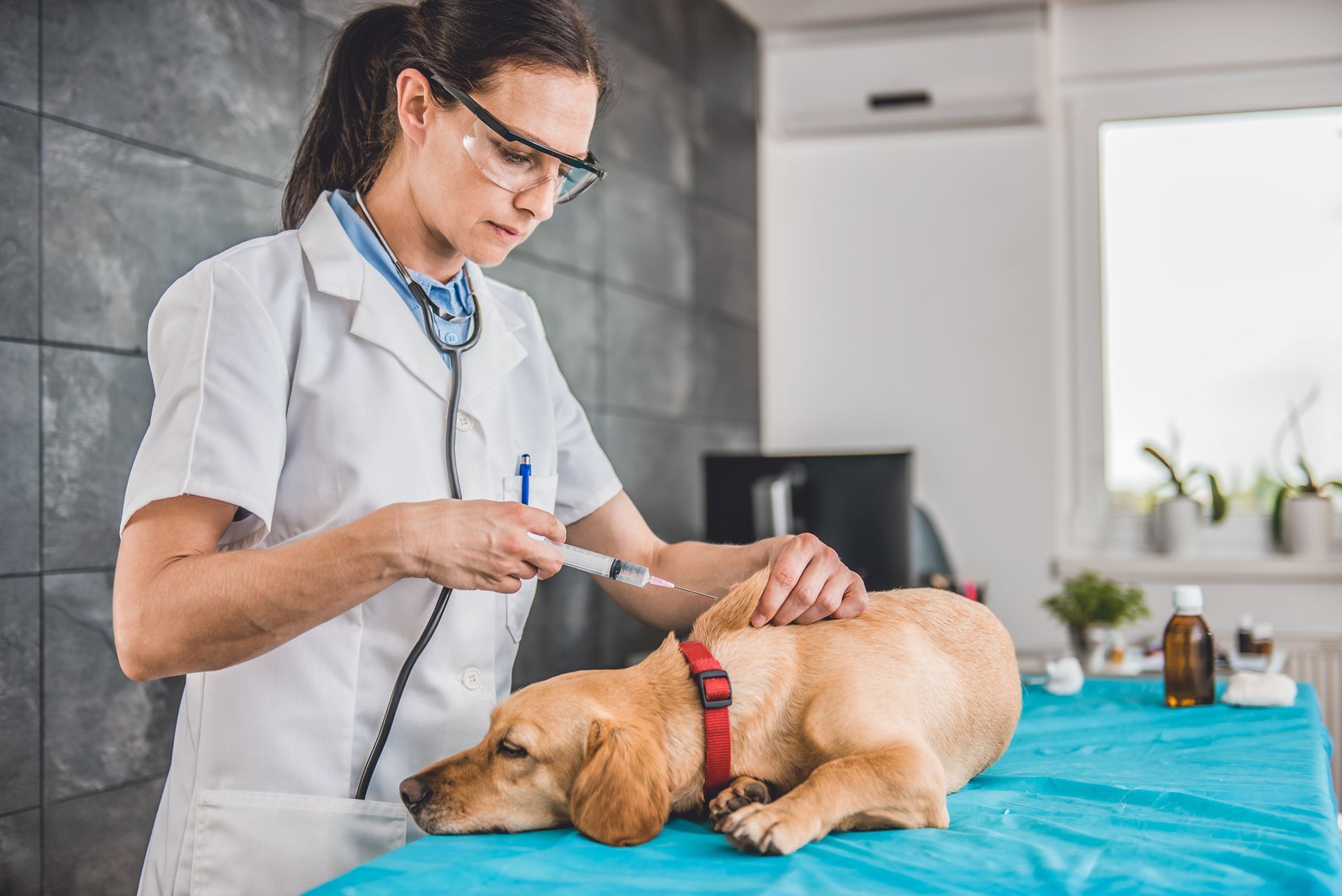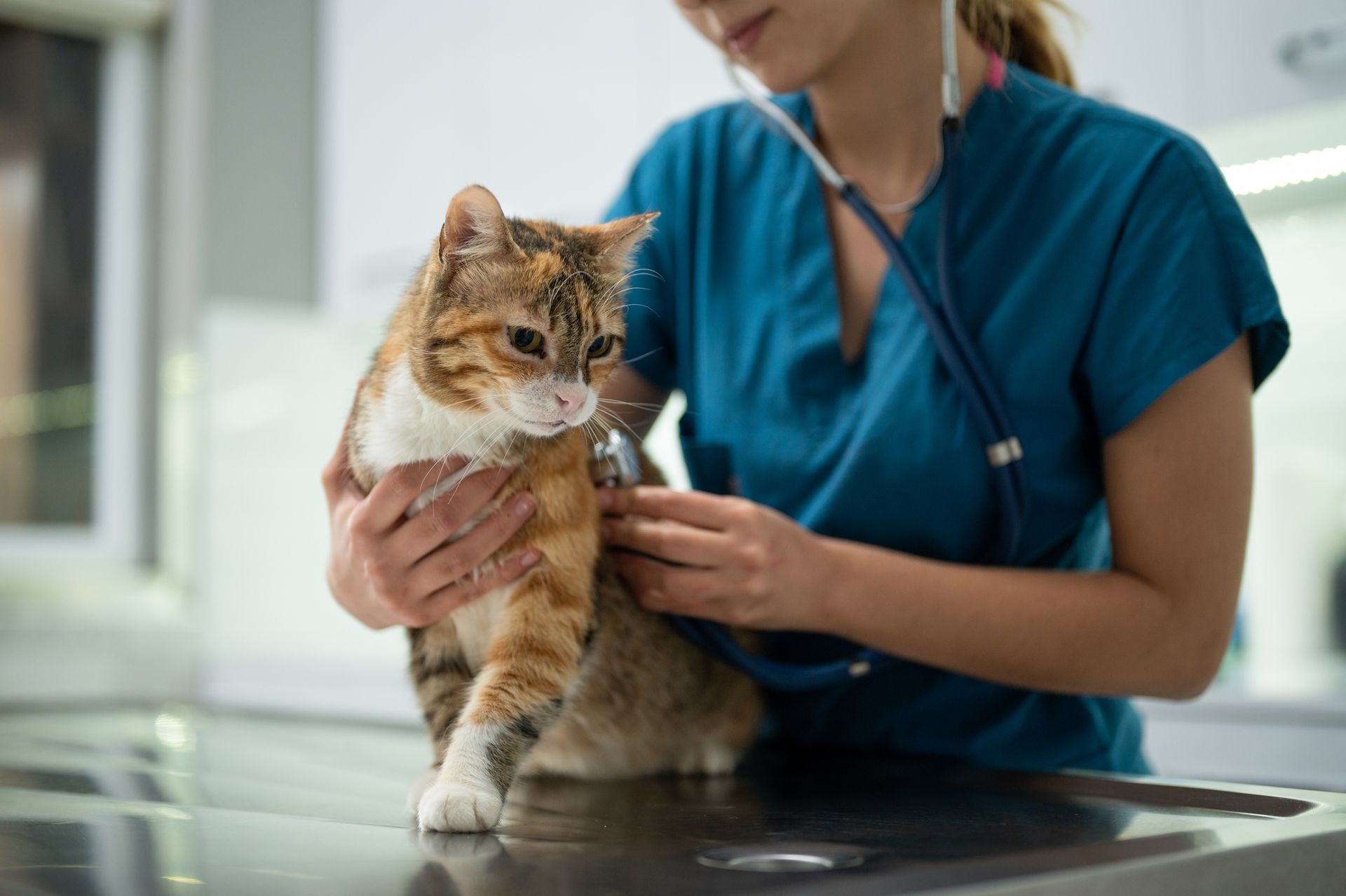Fractured Limbs in Dogs and Cats
Admin • March 30, 2021
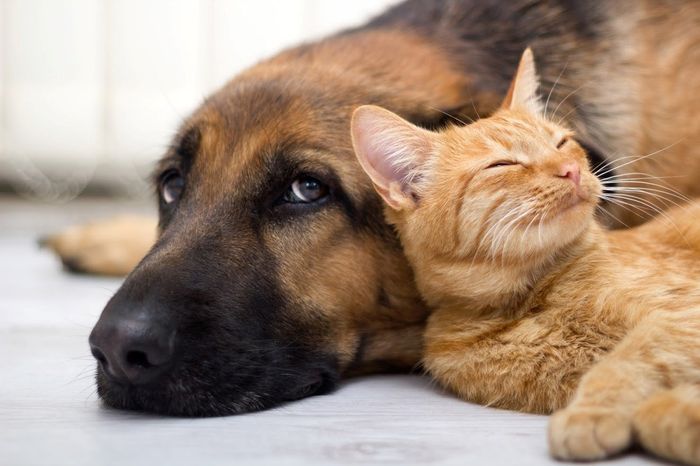
When any member of your family breaks a limb, you naturally want to address the emergency and help that family member recuperate as fully as possible. The dog or cat in your household can experience fractures similar to those of humans. A fractured limb can render your beloved pet lame without prompt veterinary care.
Dog and cat owners need to recognize and understand limb fractures, from the different forms they may take and the symptoms they may display to the most effective treatment and rehabilitation strategies. Let this guide serve as your introduction to dog and cat limb fractures.
Fractured Limb Causes
Most dog and cat limb fractures occur due to acute trauma. Common examples include an impact from a car, a fall from a great height, a fight with another animal, or an injury sustained during athletic activity. However, even a relatively low-impact action such as an ill-calculated leap from a bed can break limb bones in some pets.
Some dogs and cats have underlying health problems that can make them particularly vulnerable to fractures. These conditions may include degenerative bone conditions such as osteoarthritis, bone infections, and bone cancer (which often afflicts the long bones of older or larger animals).
Fracture Types
A cat or dog's limb can fracture in a variety of ways. One primary difference involves incomplete versus complete fractures. An incomplete fracture may only bend or crack the bone, such as a hairline or greenstick fracture. A complete fracture goes all the way through the bone, severing it into two or more pieces.
Veterinarians also classify limb fractures according to the position of the bone fragments. If your dog or cat has a simple transverse fracture, the bone has broken cleanly, leaving the two pieces in their usual positions. A comminuted fracture produces multiple bone fragments. In an open fracture, the bone sticks out of the skin.
Fracture Symptoms and Owner Responses
A limb fracture in a dog or cat will cause pain and lameness in the affected limb. Your pet will avoid using the limb, holding it up to prevent any degree of weight-bearing. Even if you don't see any exposed bone, the limb may look swollen or have an odd angle indicating displaced bones within.
Although your dog or cat's broken limb needs immediate veterinary evaluation, you can also perform first aid to ease your pet's discomfort and protect the injury. For instance, if your pet has a compound fracture, you'll want to cover the injury gently with a clean bandage and apply light pressure to slow any bleeding.
Fracture Treatment Options
Veterinary evaluation of a possible limb fracture involves X-rays and other kinds of diagnostic imaging to reveal the exact nature and location of the break. At the same time, your dog or cat will receive any other emergency care necessary to prevent shock, control bleeding, and deal with any other trauma-related injuries.
Treatment for a broken limb varies according to both the severity and the location of the fracture, as well as other factors such as your pet's size, weight, overall health, and activity level. Many simple lower-limb fractures require nothing more than a splint or cast to immobilize the bone segments while they knit back together.
Complex fractures and/or upper-limb fractures often require surgery. In this situation, your veterinarian may recommend either internal or external fixation. Internal fixation involves the use of metal plates and screws to hold the bone fragments together. External fixation immobilizes the bone segments with pins attached to external rods.
Fracture Recuperation Strategies
You can play an active role in helping your dog or cat recuperate from a broken limb. Keep your pet safely crated for however many weeks your veterinarian recommends. Administer painkillers, antibiotics, and special bandages according to the vet's instructions. Ask your vet team about physiotherapy to restore limb strength and flexibility.
If your dog or cat has broken a limb, Baywood Animal Hospital can ease your pet's distress and help that damaged limb mend itself. Contact
our clinic today to learn more about our treatment services or alert us to a pet emergency.

